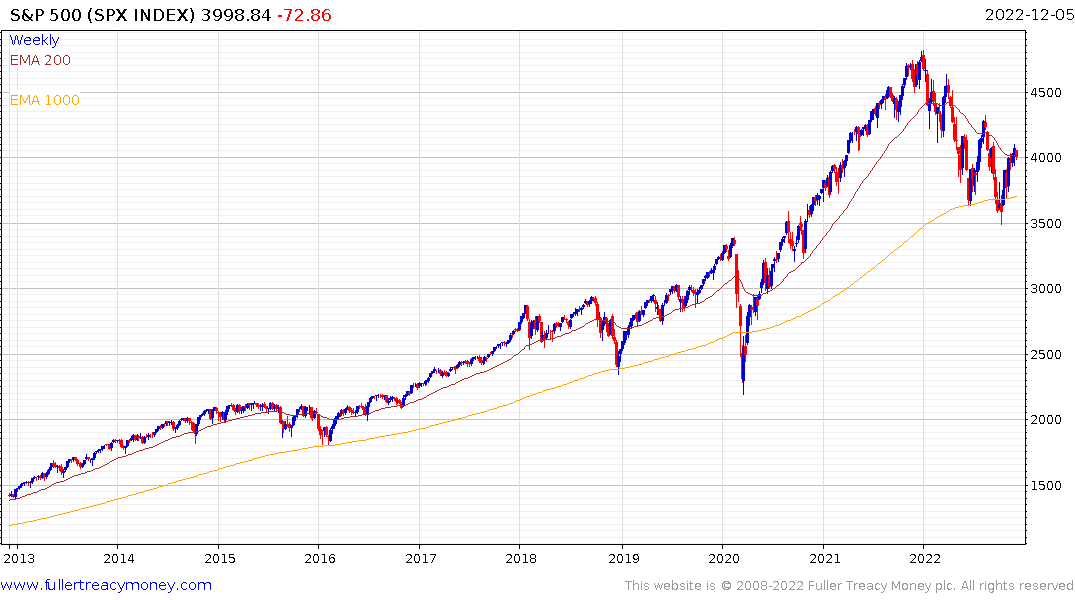Apollo, Oaktree Test $2.3 Trillion Frontier for Private Credit
This article from Bloomberg may be of interest to subscribers. Here is a section:
“There will be geographic expansion as these markets continue to evolve along a similar trajectory with a lot of the same trends we saw in the US,” Michael Arougheti, chief executive officer of Ares Management, said of private credit in an interview on Bloomberg Television. “If we continue to demonstrate durable performance through cycles then the appetite for the asset class will continue to grow significantly.”
Yet it is not without risk. With the US economy slowing, more companies that private credit funds lend to may begin defaulting on their repayments next year as earnings decline and interest on their floating-rate loans rises.
“Private credit is a place people can go to benefit from rising rates,” Arougheti said. “The flipside of that is that as rates are going up, debt service becomes more challenging.”
An additional problem is the less stringent valuation process for private credit portfolios compared with assets in public markets, which can leave poor investments hidden for longer.
Private credit ballooned in size following the credit crisis as big banks retreated from riskier parts of the lending market and quantitative easing flooded the market with liquidity. Non-bank lenders now dominate the US mortgage markets. Companies like Citadel dominate market making in stocks. Private equity groups are now some of the largest property owners in the world. Private credit groups are now also dominating commercial credit markets. The fact they are migrating to international markets suggests the domestic US market is at capacity.
The thing to remember is there is a lot of liquidity still floating around. After a decade of money printing, money supply growth has just leveled off. The volume of cash in the reverse repo market has probably peaked but is still over $2 trillion. The size of the Fed’s balance sheet has peaked but it is still $8.5 trillion. At the same time the magnitude of interest rates hikes both in the USA and internationally is setting records for speed.

Today’s stronger than expected Services PMI suggests the Fed’s path towards a neutral rate will take longer than many expect. The S&P500 continues to pause in the region of the 200-day MA.


